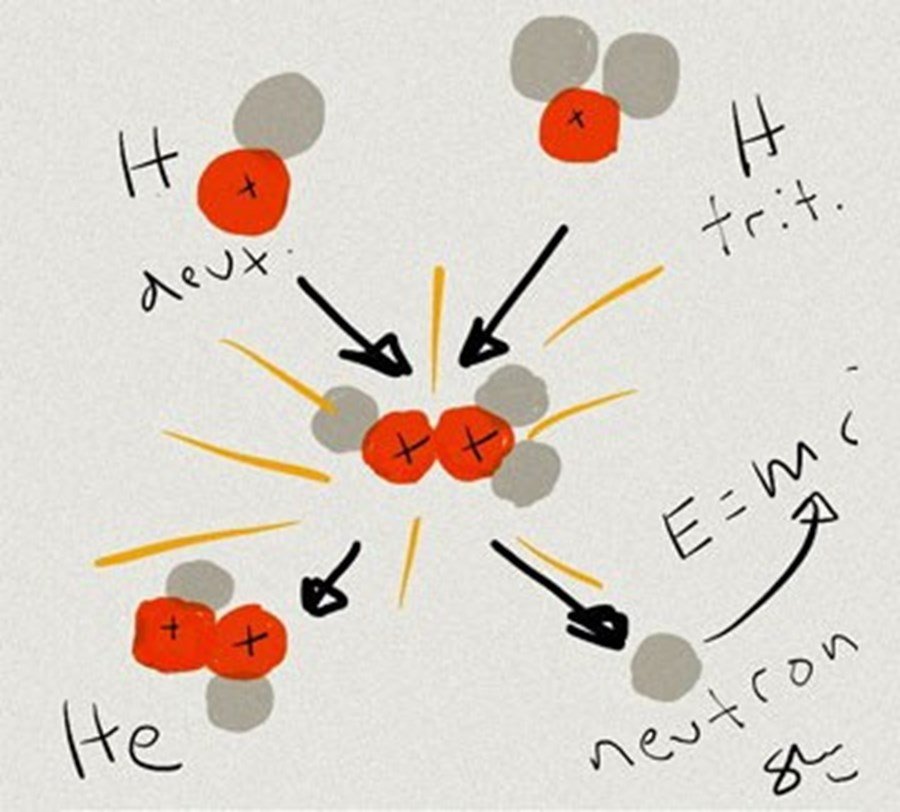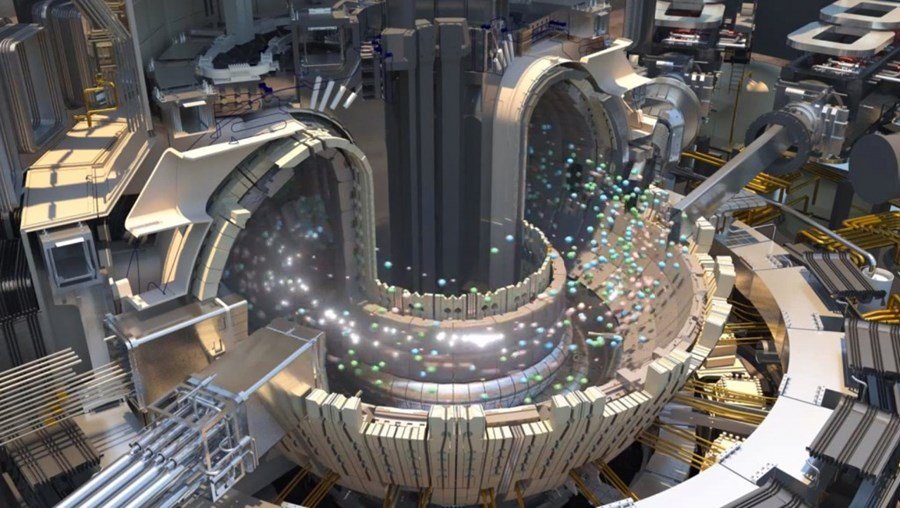Today, engineers started construction of the world’s largest nuclear fusion project in southern France with operations planned to begin in late 2025.

The project, called ITER, is an international collaborative effort between 35 countries with enormous ambitions: prove the feasibility of fusion energy with a gigantic magnetic device called a “tokamak,” as per the project’s official website.
The heart of a tokamak is its doughnut-shaped vacuum chamber.
Inside a tokamak, the energy produced through the fusion of atoms is absorbed as heat in the walls of the vessel.
Just like a conventional power plant, a fusion power plant will use this heat to produce steam and then electricity by way of turbines and generators.
The €20bn (£18.2bn) Iter project will replicate the reactions that power the sun and is intended to demonstrate fusion power can be generated on a commercial scale.

Nuclear fusion promises clean, unlimited power but, despite 60 years of research, it has yet to overcome the technical challenges of harnessing such extreme amounts of energy.
Millions of components will be used to assemble the giant reactor, which will weigh 23,000 tonnes and the project is the most complex engineering endeavour in history.
Almost 3,000 tonnes of superconducting magnets, some heavier than a jumbo jet, will be connected by 200km of superconducting cables, all kept at -269C by the world’s largest cryogenic plant.
Temperatures would reach ten times the temperature of the center of the Sun, according to ITER. By producing self-heating plasma, the team is expecting to generate ten times the heat than the input amount.
In other words, the team wants to generate 500 megawatts — just shy of the output of the smallest currently active American nuclear power plant — from an input of just 50 megawatts.
This may be an massive international effort to make fusion energy a reality, but it’s not the only one. A large number of fusion startups in the US and abroad are trying to turn it into a commercially viable source of energy as well.
Reference- The Guardian, ITER website, Futurism, BBC








